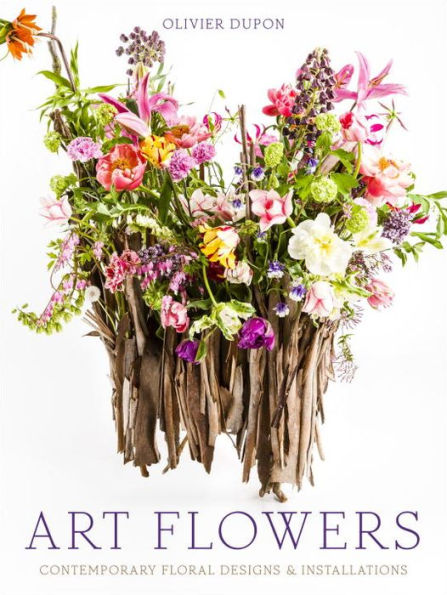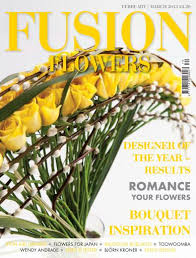Contemporary Floral Design
|
A great source of contemporary floral design ideas is a book by Olivier Dupon, "Art Flowers, Contemporary Floral Designs and Installations"
|
Another great resource for contemporary floral design is Fusion Flowers Magazine
|



